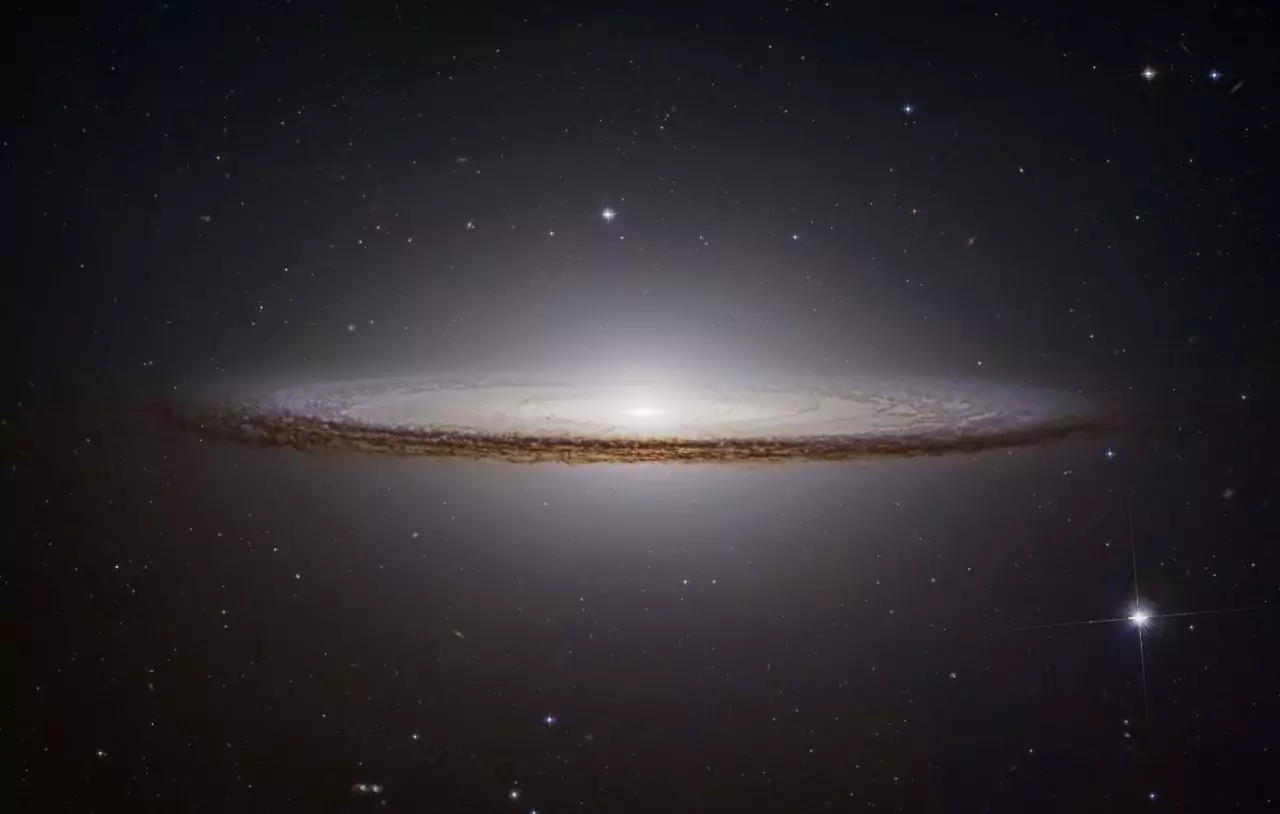It will have a positive effect. Like any capital on Earth looks much more beautiful than other cities, just like the capital of the solar system, the Earth will look more beautiful and technologically advanced.
A prerequisite for the colonization of planets is the development of all technologies — space, construction, food, medical, environmental, information, etc. Even now, the construction of a greenhouse complex does not require the transfer of fertile soil there. Tomatoes and cucumbers are grown on hydroponics. This is when there are roots in a tray with a nutrient solution, and the plant itself grows up to 5 meters up. So it is already now. In the future, the soil will not be needed any more.
The same applies to construction technologies. There is no need to take absolutely all building materials from the Ground. It is most rational to take them directly on the spot, as well as on the nearest satellites and asteroids. It will be much cheaper than transporting them from Earth and violating its ecology.
Of course, some high-tech mechanisms and equipment will still have to be moved to other planets. In the opposite direction, minerals will go from the planets to the Earth, which theoretically can be used in high-rise construction and technologies. All this will increase the population of the Earth tenfold. So it will definitely have a positive effect.
